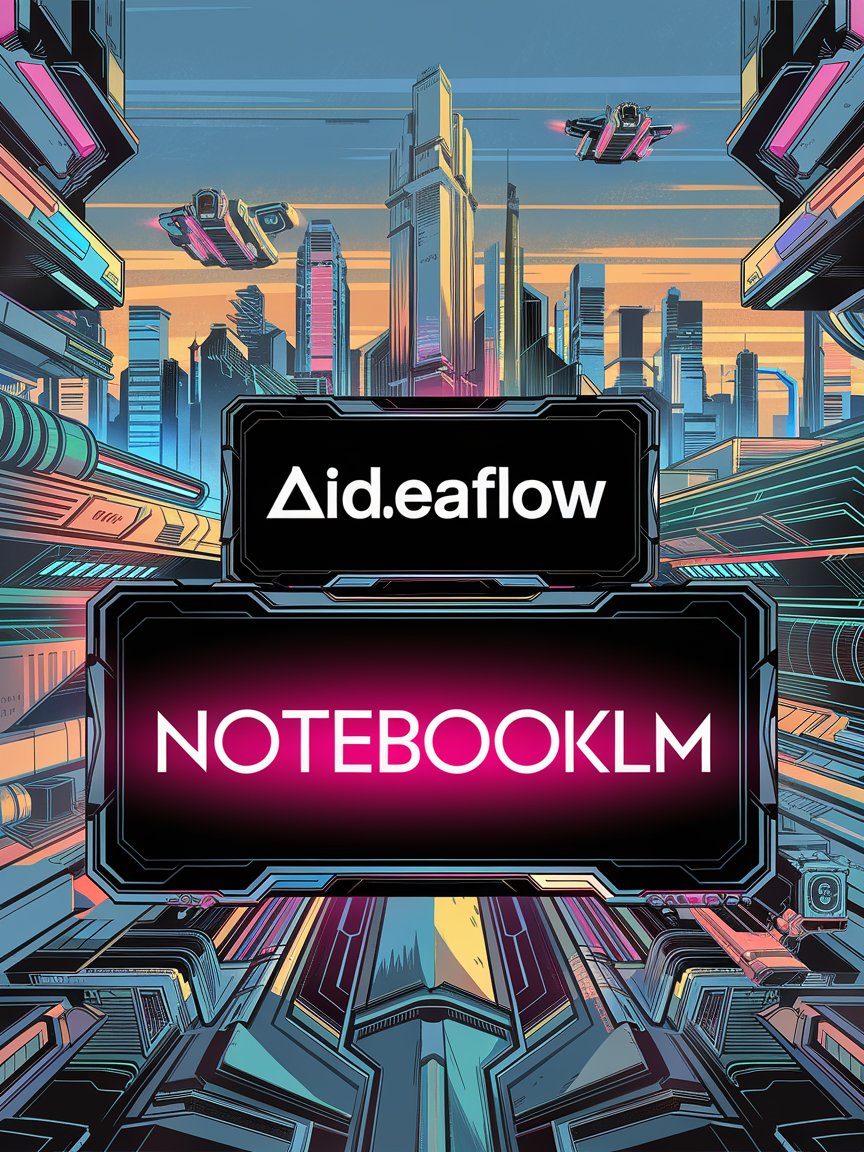
Why NotebookLM Struggles with Audio Content: Insights from AIdeaFlow
In the rapidly evolving landscape of artificial intelligence, content generation has become a focal point for innovation. Among the various tools available, NotebookLM has gained attention for its capabilities in generating written content. However, when it comes to audio content, NotebookLM faces significant challenges. This blog post delves into why NotebookLM struggles with audio content generation and provides insights from AIdeaFlow, a platform that excels in creating AI-powered podcasts and audio content.
The Rise of Audio Content
The Popularity of Podcasts
- Rapid growth in the podcasting industry, with millions of active podcasts available.
- Increasing consumer preference for audio content due to its convenience and accessibility.
- Audio content allows for multitasking, fitting seamlessly into busy lifestyles.
The Need for Quality Audio Generation
- Listeners expect high-quality audio that is engaging and informative.
- Poor audio quality can lead to disengagement and loss of audience.
- The importance of clear articulation, inflection, and emotional resonance in audio content.
Overview of NotebookLM
What is NotebookLM?
- A tool designed primarily for text-based content generation.
- Utilizes advanced NLP techniques to create written material.
- Focuses on optimizing the writing process for various applications, from blogs to reports.
Limitations in Audio Content Generation
- Lacks built-in features specifically designed for audio output.
- Primarily targets textual analysis and creation rather than auditory experiences.
- Limited understanding of tonal nuances and conversational pacing.
The Technical Challenges of Audio Content
Audio Quality and Clarity
- Difficulty in producing clear and high-quality audio files.
- Challenges in encoding audio formats that meet industry standards.
- Importance of audio fidelity in retaining listener engagement.
Speech Synthesis Limitations
- Current AI-generated voices often lack natural intonation and emotional depth.
- Struggles with differentiating between various speaker voices and styles.
- Limited customization options for voice modulation and accents.
Content Structuring for Audio
Differences in Written vs. Audio Content
- Written content can be dense and information-heavy, while audio requires a more conversational tone.
- The need for pacing, pauses, and emphasis that are often absent in written text.
- Importance of storytelling techniques that resonate better in audio formats.
Engaging Audiences through Storytelling
- Effective audio content relies on narrative elements that captivate listeners.
- The role of sound design and background music in enhancing storytelling.
- Challenges in adapting written narratives into compelling audio formats.
Insights from AIdeaFlow
What is AIdeaFlow?
- A platform dedicated to creating AI-powered podcasts and audio content.
- Integrates advanced AI tools to streamline audio production and enhance quality.
- Focuses on user-friendly interfaces for seamless podcast creation.
Why AIdeaFlow Excels in Audio
- Specialization in audio content allows for optimization of sound quality and clarity.
- Employs sophisticated speech synthesis technology to create lifelike audio experiences.
- Provides customizable voice options, catering to diverse audience preferences.
The Role of Human Touch in Audio Production
Importance of Human Oversight
- AI-generated content often requires human editing to ensure quality and coherence.
- The nuances of tone and emotion are best captured by human voices.
- Human input is essential for maintaining engagement and relatability.
Collaborative Creation with AI
- AI can assist in the initial drafting of audio scripts, but human creativity enhances the final product.
- Combining AI-generated content with human storytelling leads to richer audio experiences.
- Examples of successful collaborations between AI and human creators in the audio space.
Future Trends in Audio Content Generation
Advances in AI Technology
- Emerging technologies promise to improve speech synthesis and audio clarity.
- Innovations in machine learning may lead to better understanding of context and emotion in speech.
- Potential for AI to learn from listener feedback to refine audio output.
New Formats and Possibilities
- Growth of interactive audio content, such as choose-your-own-adventure podcasts.
- Integration of augmented reality (AR) and virtual reality (VR) elements into audio experiences.
- Opportunities for AI to generate dynamic audio content that adapts to listener preferences.
Conclusion
As the demand for audio content continues to rise, platforms like NotebookLM face significant hurdles in generating high-quality audio experiences. The challenges encompass everything from technical limitations in audio quality and speech synthesis to the need for effective storytelling techniques. In contrast, AIdeaFlow stands out as a leader in the audio content space, leveraging advanced AI technology to create engaging and high-quality audio experiences.
As we move forward, the integration of AI into audio content generation holds promise for enhancing the quality of podcasts and other audio formats. However, it remains clear that the human touch will always be a crucial component in creating content that resonates with audiences. By understanding the limitations and potential of AI tools, content creators can harness these technologies to produce compelling audio narratives that captivate listeners worldwide.
In conclusion, while NotebookLM may face challenges in audio content generation, the landscape of AI-powered audio production is evolving, and platforms like AIdeaFlow are paving the way for a more engaging audio future.